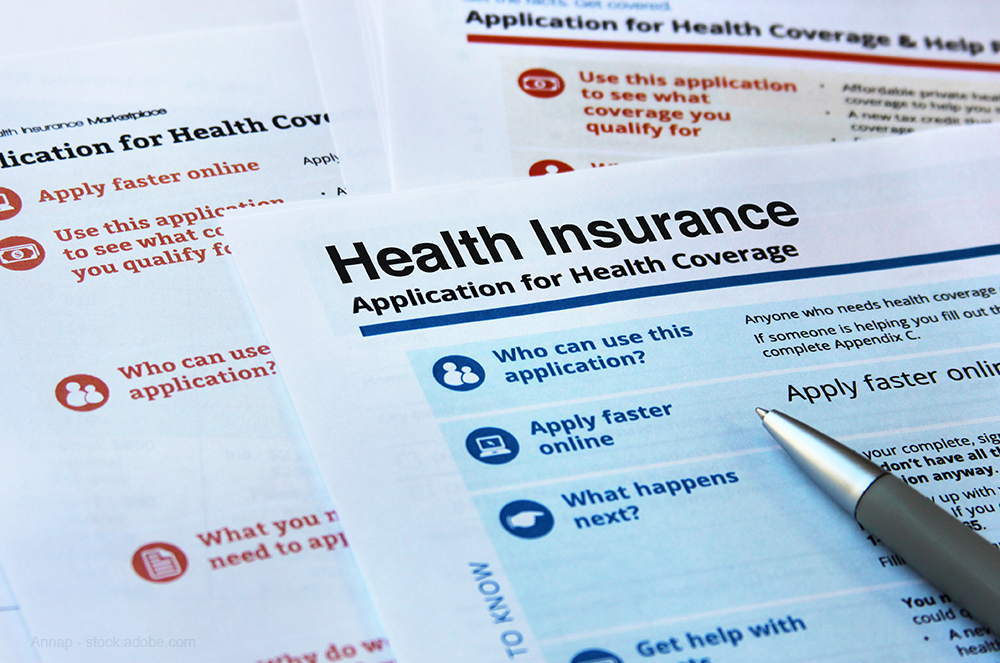Medicare Prescription Plans May Take Longer to Cover New Generic Drugs
Pharmacists can help advocate for availability and coverage.

Fewer than half of the
first genericsapproved by the FDA since 2016 are commercially available to patients. According to a research report from the Association for Accessible Medicines (AAM), a lobbying group for the generic-drug industry, Medicare prescription plans take longer to cover new generic drugs than private plans. The AAM found that only 22% of generic drugs are covered by Medicare plans in their first year on the market; however, 46% of new generic drugs are covered by commercial drug plans. Additionally, only about half of new generic drugs were added to the Medicare prescription plan formularies after a three-year restrictive “phase-in” period on the market. The study identified first generics using the FDA’s yearly list of generic drug approvals and excluded over-the-counter drugs in the analysis. Pharmacists can help play an important role in advocating for the availability and coverage of new generic drugs.
Trending: Amazon Acquires Second Healthcare Business
Medicare Prescription Tool May Cause Problems
The Trump Administration finalized improvements to Medicare Advantage and Medicare Part D that provide seniors with medical and prescription drug coverage through competing private insurance plans. Medicare’s upgraded prescription plan finder may also be an issue as the AAM found that it can steer seniors to higher cost prescription plans by displaying plans with lowest premiums first and listing the monthly premium in large font. The previous plan finder automatically sorted plans by total costs, not just premiums.
Generic Drug Coverage Recommendations for Medicare Plans
Once generic drugs are added to
formularies, they are normally placed on expensive brand drug tiers with higher patient copays instead of generic tiers with lower cost-sharing. In 2017, the Centers for Medicare and Medicaid Services Part D formulary guidelines began to permit Part D plans to move generic drugs from a generic tier into a higher tier. Therefore, seniors are not benefiting from lower prices and lower out-of-pocket costs. The AAM report discussed the use of “rebate traps” by brand manufacturers, which occurs when a brand manufacturer threatens to revoke rebates it provides to the Part D plan for the brand product if the plan covers the lower-priced generic competitor. Ultimately, the “rebate trap” forces the health plan to either block the generic from the formulary or give up rebates for the brand-name product.
“We urge the Administration to use its existing authority to require automatic coverage of first generics onto generic tiers, and create a dedicated specialty generics/biosimilars tier, saving the health care system billions annually and ensuring seniors get the full value of generic and biosimilar medicines,” says Christine Simmon, AAM Senior Vice President for Policy and Executive Director of its Biosimilars Council in an AAM press release.
Covering first generics as soon as they are available with lower cost-sharing, including a reserved tier for specialty generic and biosimilar drugs, could save seniors
$4 billionannually.